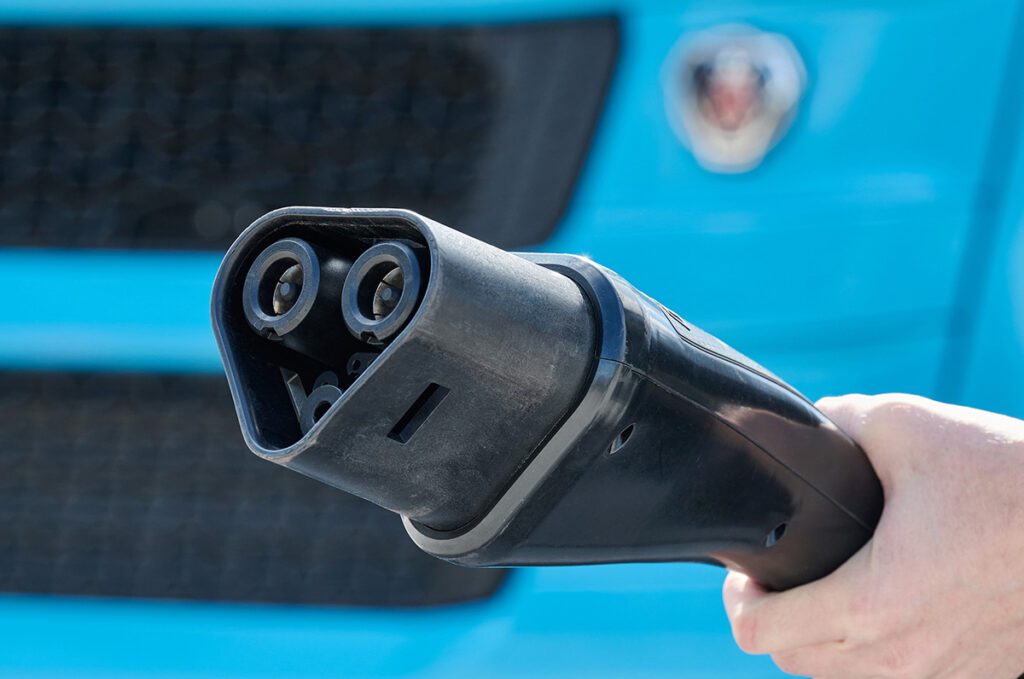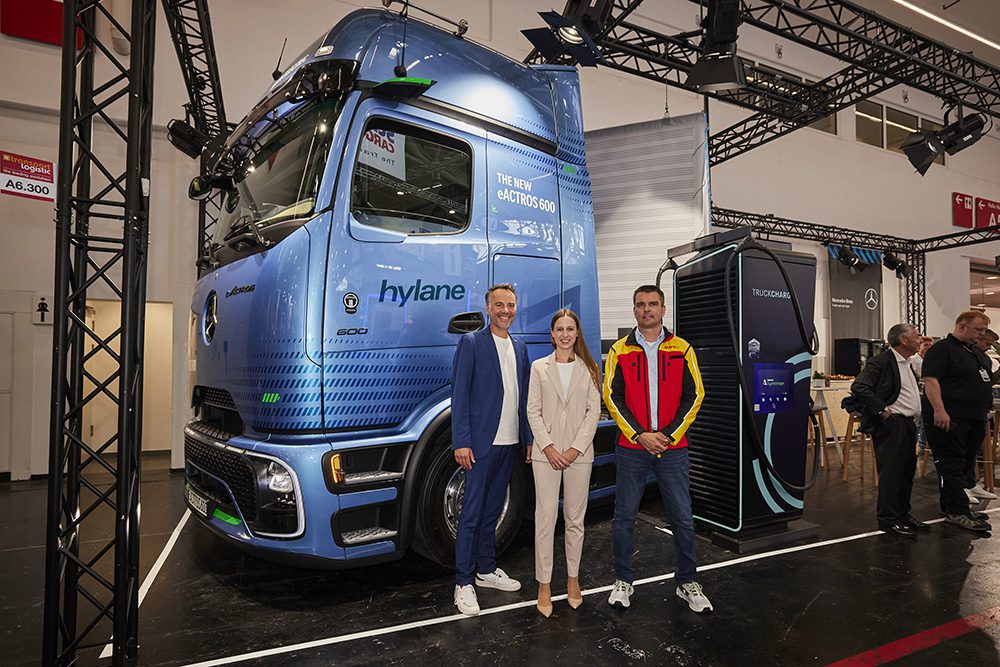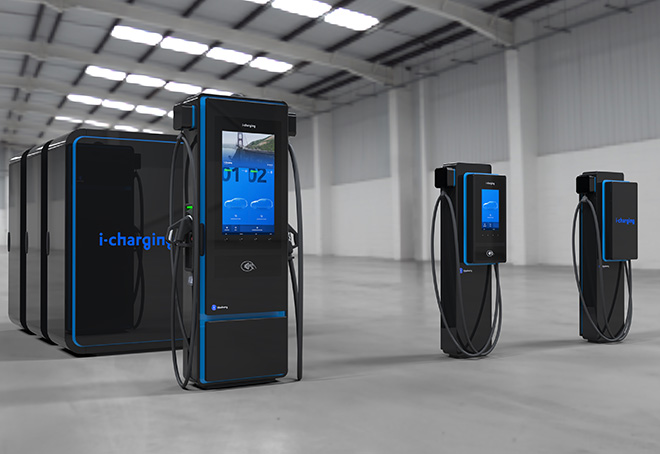When it comes to public EV charging…well, let’s just say we hear from a lot of dissatisfied customers. Home charging is by all accounts quite a different experience, and a new study from automotive data provider J.D. Power confirms the anecdotes we hear from EV drivers who charge at home.
The J.D. Power 2024 U.S. Electric Vehicle Experience (EVX) Home Charging Study , which was conducted in collaboration with PlugShare, found that overall satisfaction scores among EV owners in all three home charging segments (Level 1 portable chargers, Level 2 portable chargers and Level 2 permanently-mounted chargers) are fairly high, and have increased compared to the previous year.
The study measured satisfaction across eight factors: fairness of retail price; size of charger; cord length; ease of winding/storing cable; cost of charging; charging speed; ease of use and reliability. Respondents included 15,617 owners of 2018-2024 model year BEVs and PHEVs.
Some 84% of respondents who charge at home use a Level 2 charger (portable or hard-wired). The overall satisfaction score is 735 (out of a possible 1,000) for Level 2 portable chargers, and 744 for Level 2 permanently-mounted chargers. The satisfaction score for Level 1 portable chargers is only 581, and most of the difference appears to be because of the far lower charging speed.
Despite gains in overall satisfaction, EV owners in all three charging segments reported year-over-year increases in problems. The most common problems have to do with internet or WiFi connections. This is also a common source of reliability problems with public chargers. It’s debatable whether a connected charger offers any tangible benefit for home charging, but it will be a necessary feature to enable bidirectional charging.
Speaking of which, J.D. Power found a substantial level of interest in the new technology—at least 29% of respondents said they are interested in bidirectional capability, and would be willing to pay extra for such a feature.
Of course, using bidirectional charging for vehicle-to-grid (V2G) applications requires the participation of the local electrical utility, and J.D. Power found minimal awareness of utility EV programs. Some 49% of respondents said they are unaware of EV charging incentive programs offered by their local electric utility, and 18% said their utility does not offer any programs. Unsurprisingly, EV owners who did take advantage of financial incentives for charger installation reported notably higher satisfaction with the cost of charging.
“In contrast to public charging, home charging is the ultimate convenience for owners to charge their EV,” said Brent Gruber, Executive Director of the EV Practice at J.D. Power. “Home charging is the most satisfying aspect of owning an EV, which is why all parties in the EV ecosystem need to take the necessary steps to ensure that residential charging is available for current and potential EV owners alike. Incentives are available to offset the cost of charger installations, but too few EV shoppers are taking advantage of these offerings. The industry needs to do a much better job with consumer education and awareness, and dealers are certainly in the best position to fill that role at a local level.”
Source: J.D. Power











































































































